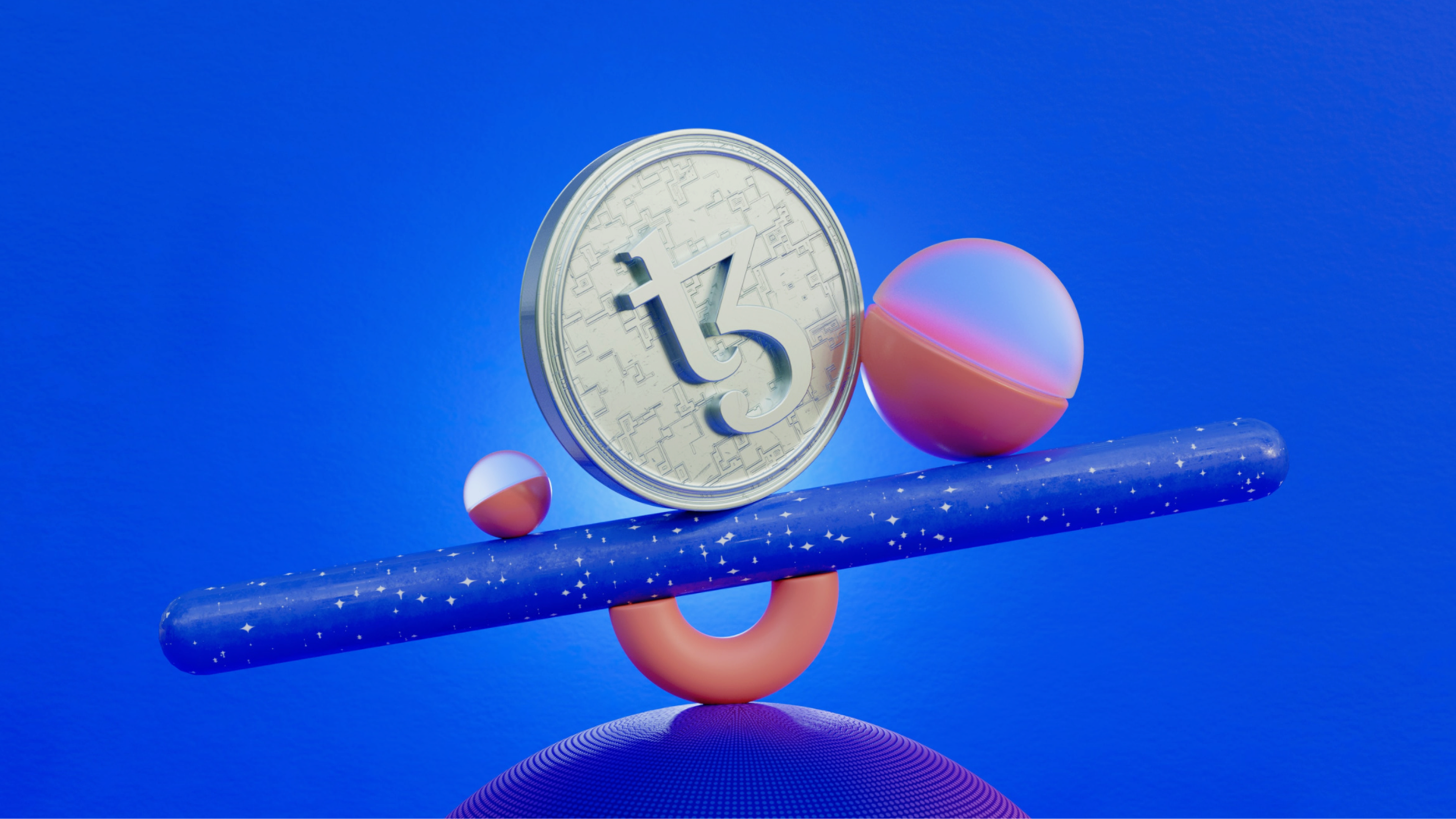How much down payment?
06 Apr 2022
In the hopes of securing a property, I had a buyer ask me what a seller prefers: a larger down payment (20% and over) or an insured mortgage where the down payment is below 20% of the value of the home.
Sellers want the best price for their home with their preferred terms and least risk. They don't always care where the money comes from, as long as the financing comes through in time for the notary. Some sellers may understand that an insured mortgage is somewhat less risky than an uninsured mortgage. Others may feel more comfortable with a buyer having more equity in the home through a conventional loan (20% down payment).
Here are some things to consider:
- A mortgage under 20% must be insured. Banks take on less risk and may not require an appraisal of the home.
- At 20%, a seller might perceive and be attracted to a buyer having more "skin in the game." But it is riskier and financing delays can be greater; banks will require an appraisal.
- All things being equal (price, terms, conditions, level of expertise), in a multiple offer situation, a seller’s broker may advise them to accept an insured mortgage. But, it is rare that all things are exactly equal.
If you have less than 20% of a down payment, you need mortgage insurance
Advantages of having an insured mortgage, beyond the safety net, is more cash on hand (for emergency fund, work to be done on the house, education fund for children, etc.). Because these mortgages are insured, they are less risky for the big banks, and, as a result borrowing rates are cheaper. When interest rates are low, this option is more attractive.
Conventional mortgage loan approach
Advantages of having a higher down payment: mortgage payments may be lower, less interest to be paid on the principal long term, more equity in the home, no mortgage insurance premium, longer amortization periods. The loan amount is generally higher for uninsured mortgages than for the insured mortgages. However, the interest rate on conventional mortgages is actually slightly higher than high-ratio mortgage loans (<20% down payment). This might be a better option if interest rates are high.
Regardless of each approach's advantages and the preferences of the seller, the buyer will need to choose the option that best suits their goals, family lifestyle, and particular financial circumstances.
I found this article that showcased 3 individuals and their preferred loan options: 5%, 10% and 20%. It is based in the US so some percentages may vary but the personal accounts are good to illustrate different goals.
*Disclaimer: please seek the advice of a mortgage professional for your specific circumstances and purchasing goals. I am happy to connect you with some, should you require their assistance.
Resources:
https://www.forbes.com/sites/juliadellitt/2018/06/29/how-to-decide-between-a-5-10-and-20-down-payment/?sh=3b0fe22e707a
https://www.cmhc-schl.gc.ca/en/blog/2021/insured-uninsured-residential-mortgage-data
https://canadalend.com/blog/the-difference-between-insured-insurable-and-uninsured-mortgages
